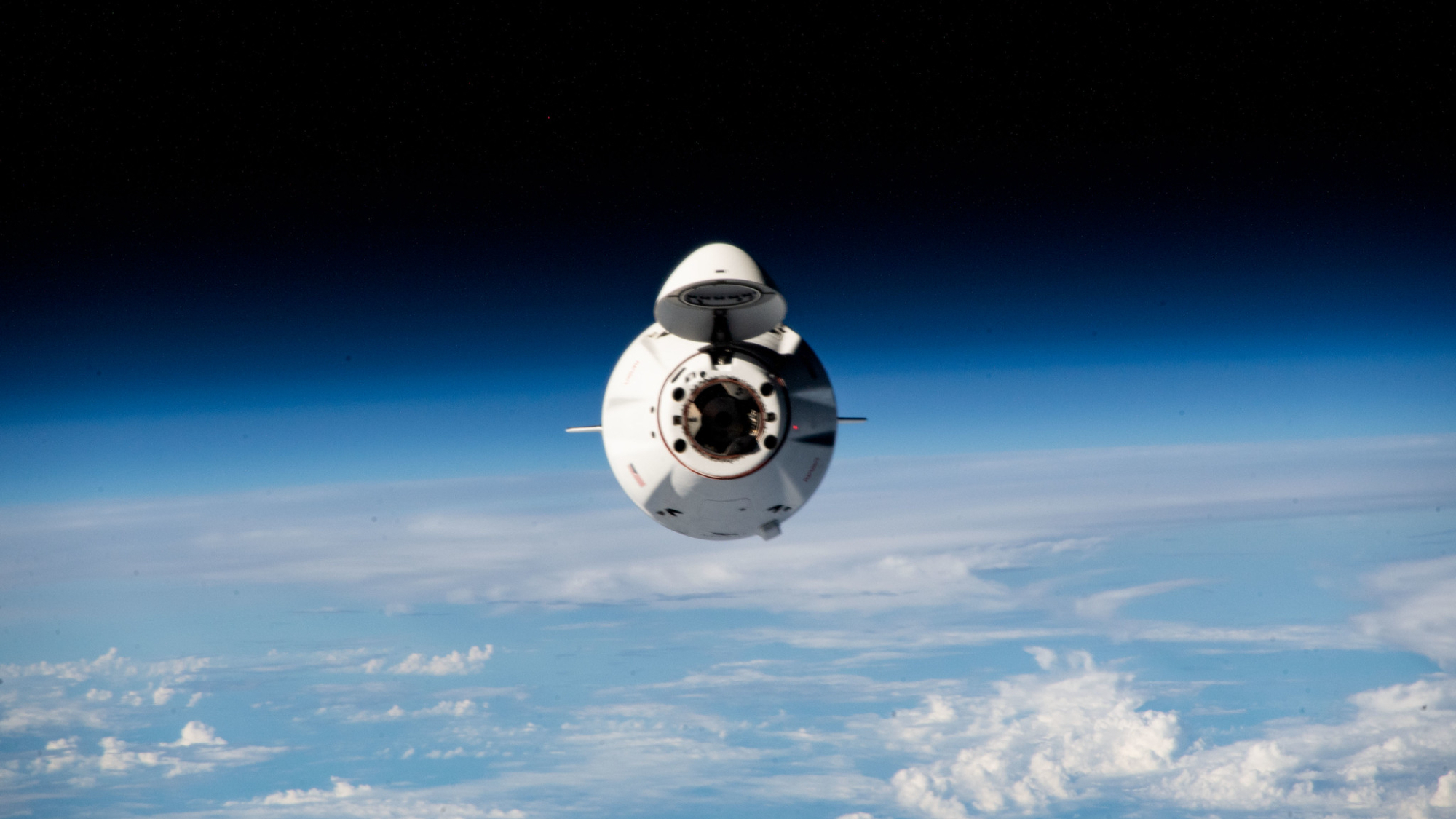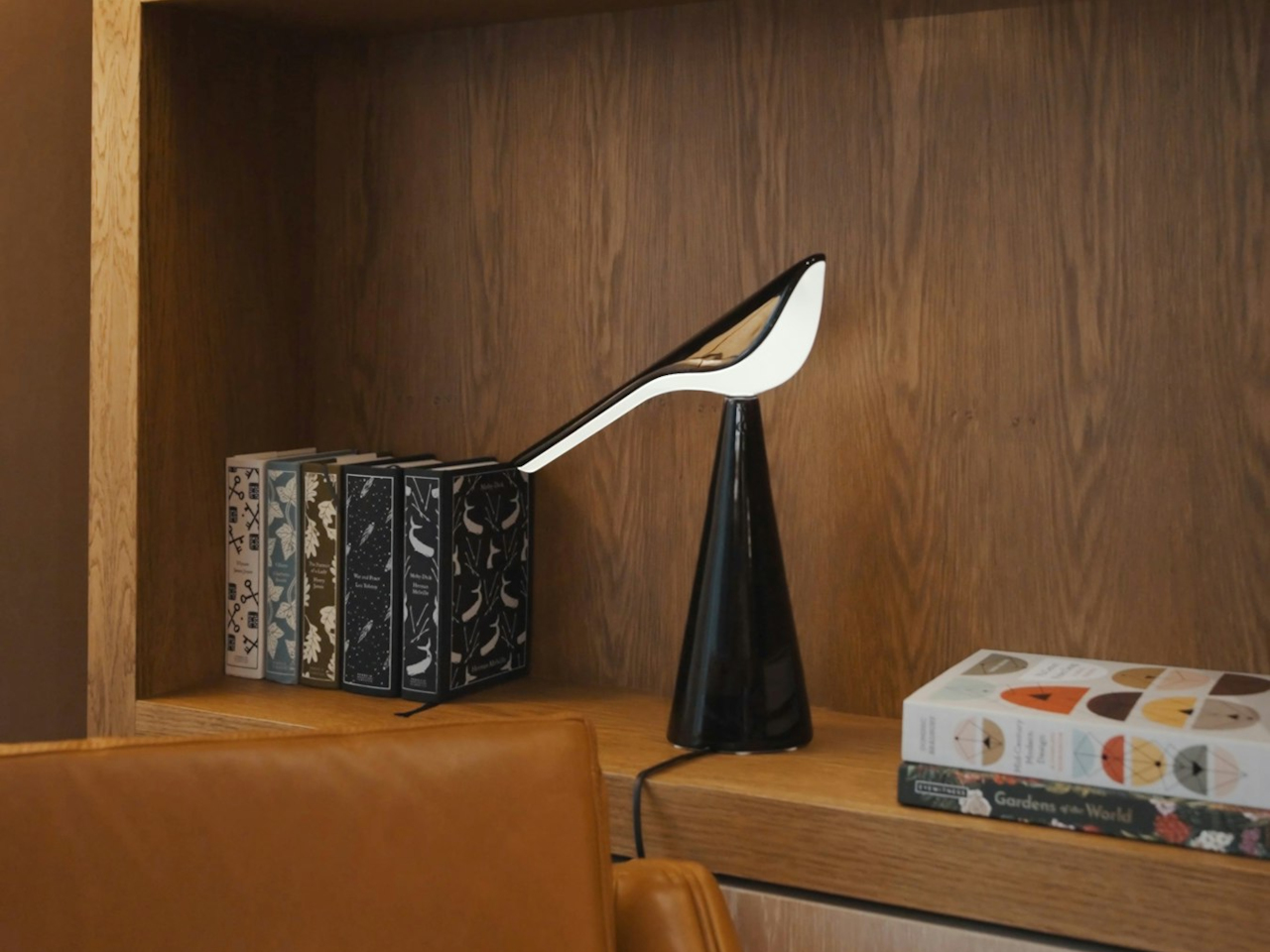Meet the Man Who Got a High-Tech PillCam Stuck Inside His Intestines for Six Months — and Says It Saved His Life
Adrian Thiessen, an Ontario-based filmmaker and documentarian, was well aware of the irony of swallowing a tiny, pill-sized camera, even before he gulped down the device. "Being a film dude, I was joking with my coworkers about it, looking at the technology and thinking it's funny and weird and cool," Thiessen told Futurism in an interview. "I was making jokes about getting the footage, and becoming one with the camera." And that was before the camera stayed lodged in his body — for over six months. Thiessen, as he explained to Futurism over two lengthy interviews — one conducted whilst the camera was […]


Adrian Thiessen, an Ontario-based filmmaker and documentarian, was well aware of the irony of swallowing a tiny, pill-sized camera, even before he gulped down the device.
"Being a film dude, I was joking with my coworkers about it, looking at the technology and thinking it's funny and weird and cool," Thiessen told Futurism in an interview. "I was making jokes about getting the footage, and becoming one with the camera."
Little did he know that the camera would end up getting lodged in his body — for over six months.
As Thiessen explained to Futurism over two interviews — the first conducted whilst the camera was still stuck inside him, the second after it had been surgically removed — he had suffered from a severe gastrointestinal condition for nearly a decade. His condition was persistent and painful, often landing him in the hospital for blood transfusions after suffering ruptures in his small bowel. Worst of all, it was a medical mystery: doctors who conducted various investigative procedures generally agreed that the issue seemed to have something to do with inflammation, but they struggled to land on a firm diagnosis.
"Sometimes, it would seem like an allergy or an intolerance. Sometimes it would seem like an [inflammatory bowel disease] situation, like a Crohn's Disease," said Thiessen, referencing the gastrointestinal inflammatory disorder that impacts the lining of the GI tract, causing symptoms like pain and discomfort, ulcers, bleeding, and impacting the body's ability to pass food and absorb nutrients. (The root cause of Crohn's, like many other autoimmune or inflammatory diseases, is unknown, and there's no known cure.)
"I never really had a concrete diagnosis," the filmmaker added. "A few doctors said I had Crohn's, and then other ones that I didn't; it didn't fit the criteria."
Absent a diagnosis, Thiessen turned to food, embarking on a painstaking years-long effort to test whether something in his diet could be the culprit — or at least, if he could pinpoint certain irritants to avoid. He found that foods containing a ton of fiber, particularly insoluble fiber like that found in nuts and grains, many fruits, and vegetables like broccoli and leafy greens, proved triggering. Salads? Pretty much out of the question.
While triggering, however, insoluble fiber was unlikely to be the root cause. And eventually, the filmmaker's trial-and-error quest led him to what he believed to be the allergen causing his inflammation: fructan, a fermentable sugar found in familiar foods like onion, garlic, and wheat, in addition to many more healthy fruits, vegetables, legumes, and nuts.
In short: Thiessen's diet was extremely limited, but for a while, it worked.
"I stuck to that for a long time, for a few years, and I had no big flare issues. It seemed like it was working," he said.
But then, suddenly, it didn't. And in the summer of 2024, he found himself back in the ER.
"I had another event — lost a lot of blood, was severely anemic. Almost immediately had to go to the ER, had blood transfusions, had iron infusions," he recalled. Medical staff did the usual "investigative scopes and scans," he added, but they found nothing.
"So that," he said, "led to the capsule camera."
As far as Thiessen could tell, he hadn't strayed from his limited diet; it seemed uncanny, then, to both him and his medical team at the McMaster University Medical Centre in Ontario, that his hospital scans and probes would return so little insight. Left once again without answers, and feeling like they'd exhausted all other non-surgical investigative options, the father of two and his gastroenterologist turned their attention to a decidedly more futuristic way to look inside Thiessen's gastrointestinal system: a capsule camera known as the PillCam.
Developed by the company Medtronic, the PillCam is a tiny wireless camera, shaped like a chunky vitamin and designed to be swallowed.
"It's like, a little bit bigger than maybe the biggest vitamin you could imagine," remarked Thiessen.
Consider it the "Magic School Bus" approach, but if Ms. Frizzle had also strapped a live-streaming GoPro to the bus' windshield. The miniature camera journeys through the taker's gastrointestinal tract, recording what it captures along the way; its findings are transmitted to an accompanying "sensor belt," and later collected by physicians, who'll hopefully be able to catch an otherwise hard-to-reach glimpse of whatever it is — ulcers, scarring, lesions — that's not showing up in other scans.
So in July of 2024, Thiessen strapped on the belt, downed the capsule, and waited. But a day passed, and then another day, and another day, and the camera never showed up on the other end.
At first, the filmmaker thought maybe he just missed the device after it passed; after all, he didn't feel anything, like discomfort or other evidence of a disruptive blockage. But under the advice of his physician, he went in for an X-ray at the two-week mark.
"I went to get this X-ray at 14 days, and I was joking with the X-ray tech, like, 'if you see some big glowy camera in there, let me know.' But no part of me thought that it was still in there," said Thiessen, until they got to the final scan of his lower abdomen.
"Everyone went silent," said Thiessen. Sure enough, the next day, his doctor confirmed that the camera was stuck.
To be clear, though perforation and blockages are possible known risks of knocking back a PillCam, the capsule is widely viewed as safe and minimally invasive. (To that end, throughout our conversations, the filmmaker emphasized his trust in his medical team, and held no ill will towards Medtronic or the PillCam; he was trying something new, and it just didn't quite go as planned.)
First, as a last-ditch effort to get the camera to pass on its own, the medical team had Thiessen take a steroid treatment, the logic being that if inflammation or swelling in the region had blocked the camera's path, perhaps steroids could reduce swelling and help dislodge it. When that didn't work, they conducted more X-rays and scans. The camera, they determined, was lodged in a hard-to-reach spot toward the very end of his small intestine; they then tried to reach it via enteroscopy with a balloon scope, but that didn't work, either.
There was only one option left for removal: a bowel resection, which is a serious surgery that would open up Thiessen's intestines.
At first, said Thiessen, the situation was incredibly frustrating. His medical mystery was painful, and having a terrible impact on his day-to-day life; its persistence had taken a toll on his mental health, and trying to stay positive could be challenging. After years of unexplainable setbacks and countless dead ends, taking the PillCam had represented a new, exciting step toward answers. But the camera hadn't finished its expedition, and the footage it did return before its battery died hadn't turned up anything new.
And now, it was stuck — like Thiessen himself.
"I was sort of in disbelief," the filmmaker said of his initial reaction, adding that he felt he was "doing pretty good getting through it all, and being optimistic and being excited about these tests." But this was "almost like another failure, another way the system was just not working for me."
"But I found comedy in it," he caveated. Something else that helped, he added, was the notion that, perhaps, the camera had landed at a pain point, and could thus still unearth some clues.
We first spoke to Thiessen in early October of last year, when the camera had been lodged in his small intestine for over 70 days. We decided we'd catch up after his surgery, which was delayed once and rescheduled. Finally, in January — over six months after he first swallowed the PillCam — Thiessen sent us an email.
"So I'm chillin' in the hospital," wrote the filmmaker, reporting that he'd had his bowel surgery the day prior, and that it had gone "very well." The camera had been successfully removed — as had a full foot of scarred, damaged tissue in his intestines that had previously evaded detection by Thiessen's doctors.
A few weeks later, we jumped back on the phone to catch up.
"When I woke up, the surgeon was like, you absolutely needed that surgery," said Thiessen, explaining that his surgeons had removed "just over 30 centimeters," or roughly 12 inches, of damaged bowel that the camera was "stuck between, unmovable."
"There was no way it was coming out without cutting it out," he continued, "and it was just a very damaged portion of my bowel that had been there for who knows how long — mostly old, residual damage, like scarred or healed trauma."
The filmmaker described the revelation as a "shock, but also a relief — a huge vindication."
"I feel like most people in that moment would be like, whoa, you took how much out?" he continued. "But to me it was like, thank god you found something, and it was serious enough that it would explain everything I've been looking for for a decade."
According to Thiessen, his medical team was able to determine that he likely had developed Crohn's, but that it had manifested in a less common, hard-to-reach point in his digestive tract and left behind an extensive trail of destruction in its wake. The level of scarring also explained Thiessen's sensitivity to certain foods, particularly insoluble fiber, which was likely abrasive to the adhesion. Most excitingly, there didn't appear to be any sign of new or spreading disease. And after battling something that for years stayed so evasive, results so palpable brought solace.
"The camera was literally in the middle of it," he said, "at the center of this tangible thing."
Ultimately, in other words, the PillCam — described by Thiessen as a "Hail Mary play" — worked. If in an admittedly unexpected way.
"Even in the footage [collected by the PillCam], there was no real answer leading into that damaged area," reflected the filmmaker. "I could have swallowed a marble and had the same findings, because it was about the place it got stuck, not necessarily what it saw."
When we reached out to Medtronic to ask about the incidents, a spokesperson for the company said it was "deeply committed to patients, healthcare providers and restoring health," but that it couldn't discuss the details of a specific patient's case due to patient privacy laws.
The spokesperson did note, however, that clinicians have reported findings about other patients with Crohn's swallowing a PillCam and, in a similar situation to Thiessen's, experiencing the PillCam sticking at a point of disease or stricture within the GI tract. But PillCams aren't designed for prolonged retention, so if one does become stuck, the spokesperson emphasized, patients and their clinicians should seek to remove it.
There's an unmistakable peculiarity to the filmmaker's PillCam saga. After a decade of trying and failing to nail down a diagnosis through more conventional means, Thiessen had turned in desperation to a less-conventional technique. And though the camera technically found what it was looking for, it was only by literally cutting Thiessen open that his disease finally came into view.
In a way, it's like using an iPhone to successfully crack open a walnut. Sure, the iPhone worked. But at the end of the day, you could've used a rock.
Even so, said Thiessen, he's grateful. He's still keeping a strict diet; though his recovery has continued to go smoothly, and his doctors haven't technically made any foods off-limits, he understandably wants to take his time introducing new — or, well, old — foods back into his meal rotation. And right now, things are looking, and feeling, bright.
"Mentally, I feel so much better," Thiessen told us after his surgery. "I'm so much more happy and present with my family. To be able to be in the moment and not thinking about what's coming, or literally the next meal — I'd be stressed about food all the time, what I can eat and can't eat." And even while in recovery, he added, "I could tell my body is not fighting some foot-long piece of damage in my intestines. My circulation feels better; my hands and feet are warmer. There's less pressure when I eat something. I don't feel pain."
"It literally saved my life being stuck the way it was, and that's crazy to me," said the filmmaker. "It's just so weird and unique."
More on medical innovations: We Talked to the Inventors of the "Tamagotchi" Vape That Dies If You Stop Puffing
The post Meet the Man Who Got a High-Tech PillCam Stuck Inside His Intestines for Six Months — and Says It Saved His Life appeared first on Futurism.
















_Brain_light_Alamy.jpg?width=1280&auto=webp&quality=80&disable=upscale#)


















































